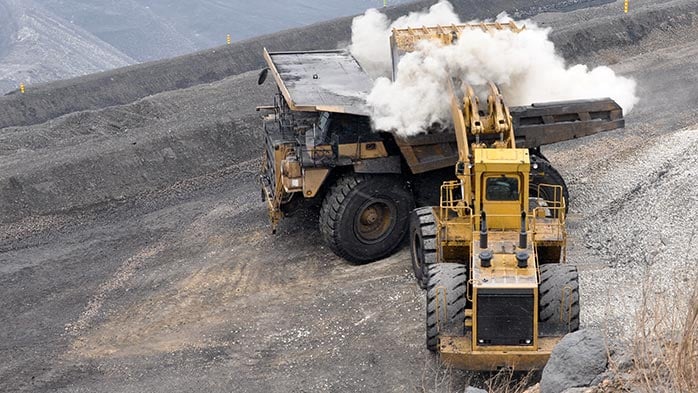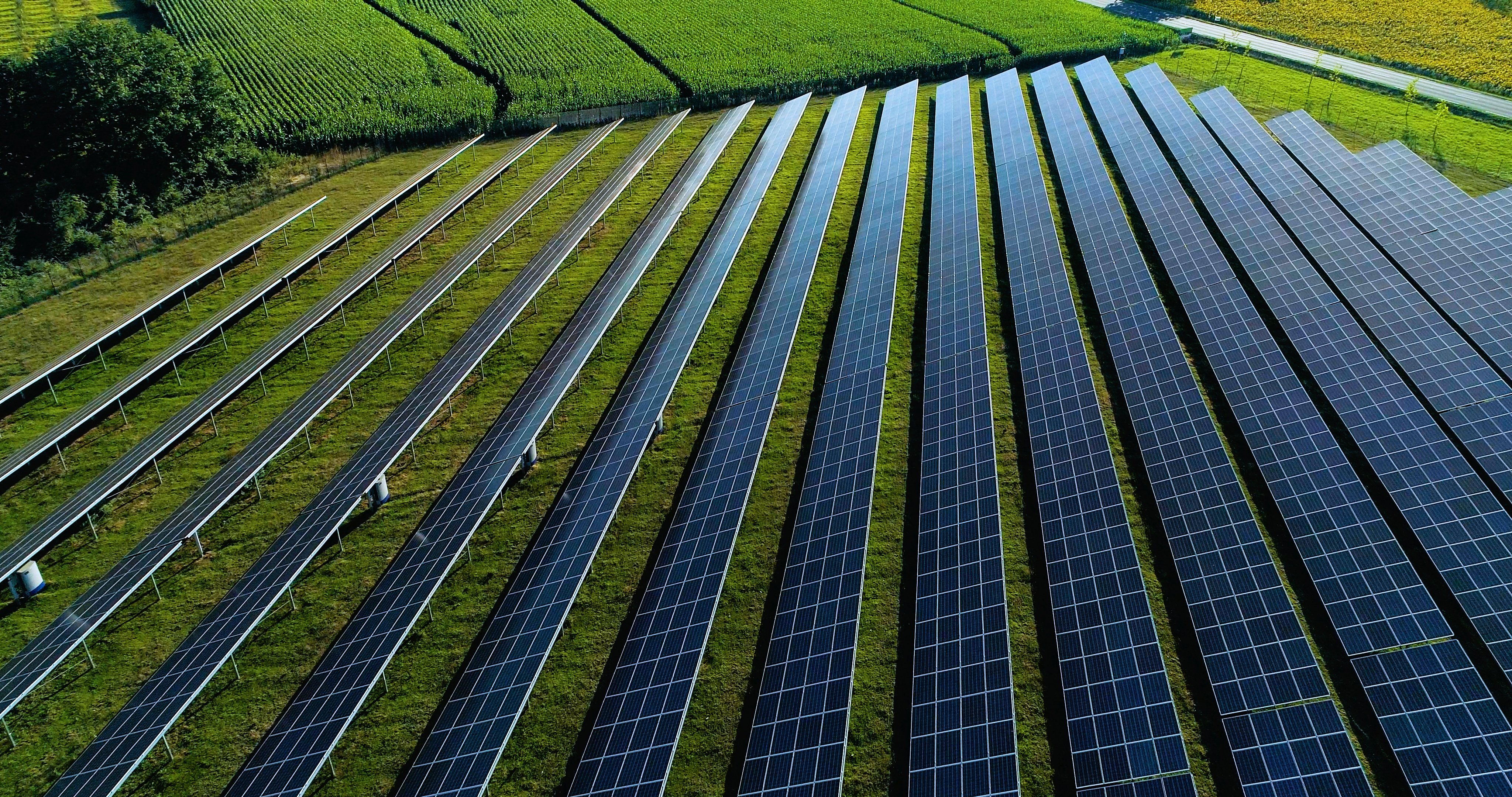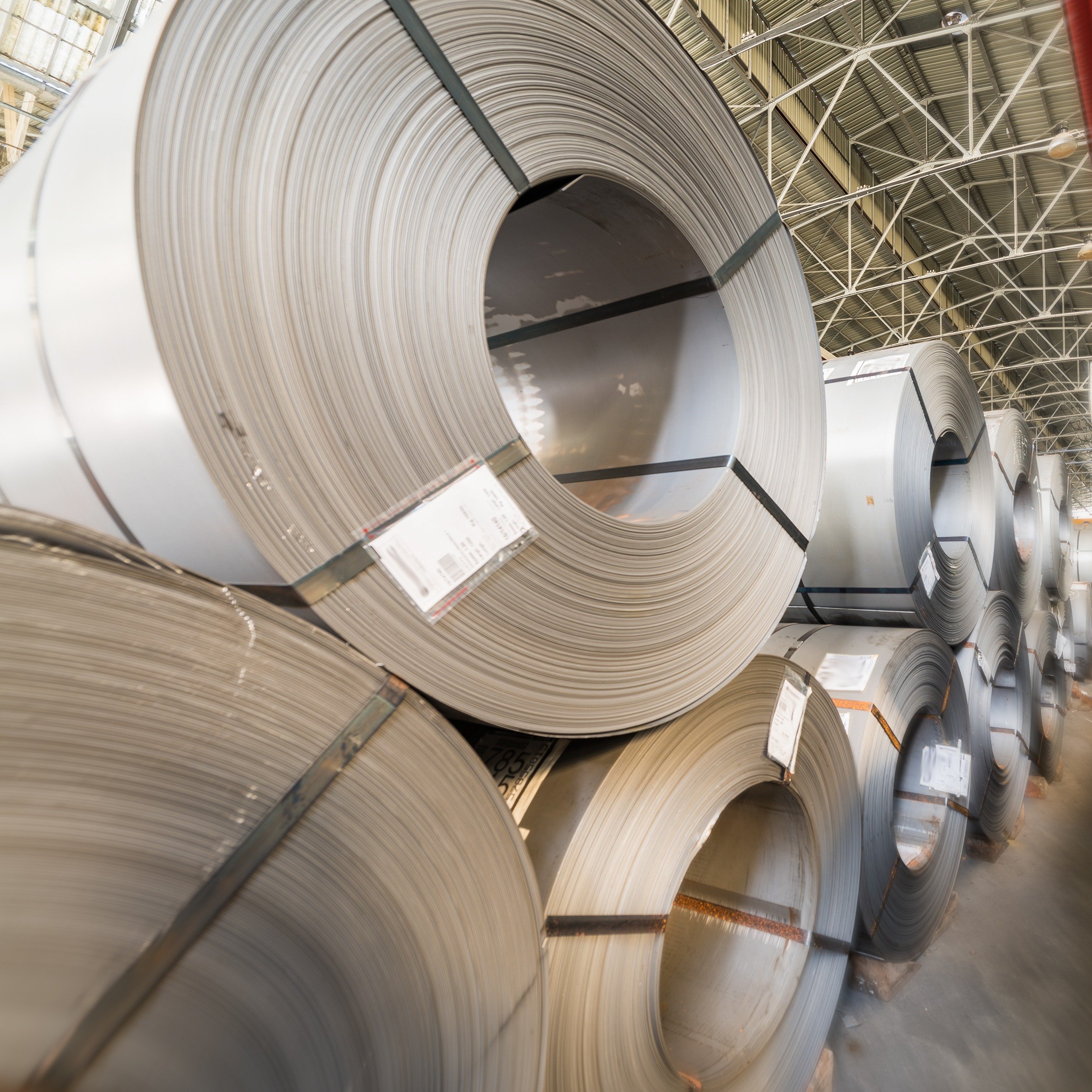CRU held its 31st Annual Ferroalloys Connections Summit in Miami, Florida from 19–21 October. The event welcomed 675 registered attendees from 400 companies and 44 countries. Here we will break down our top takeaways from the conference.
The US market remains the bright spot in the global ferroalloys market
- Demand for ferroalloys in the US has been stronger than elsewhere, and with new steelmaking capacity set to start up in 2026, ferroalloy demand should increase.
- Being the most attractive market has a downside – it is where everyone wants to sell and import competition has been aggressive in the US.
- By contrast, steel and ferroalloy demand in Europe has been very weak. Conference attendees saw little sign of economic growth that would lead to an uplift in 2026.
- The Indian domestic market has been quieter than expected, though Indian sellers were bullish about future prospects.
Market participants are frustrated by the lack of certainty on EU safeguards
- After nine months of deliberation, the European Commission (EC) still has not proposed measures able to win the necessary support for approval.
- The latest hastily withdrawn version appears to have started a diplomatic row with Norway, which has extended way beyond ferroalloys.
- If safeguard measures are agreed, they are likely to lead to changes in trade flows, production and prices, but buyers and sellers cannot plan and are reluctant to commit to 2026 contracts with the current uncertainty.
US ferromanganese prices are under pressure, and ferrosilicon prices are set to rise
- The US spot market has been plagued by illiquidity as more buyers shift towards buying on contract, resulting in slower adjustments to index prices.
- Although US FeMn prices have started to fall, they remained well above global levels in 2025. The premium has drawn interest from importers, some of whom have offered large discounts for 2026 contracts.
- US FeSi prices are set to rise as major suppliers have become uncompetitive due to reciprocal tariffs and antidumping/countervailing duties, but some sellers are still willing to offer lower, based on inventory costs instead of replacement costs.
Some producers announce cutbacks while others plan to grow capacity
- As the conference started, news broke that Elkem will curtail production at two FeSi furnaces in Iceland and Norway due to market conditions. This follows Ferroglobe’s announcement last month that it is idling its silicon plants in Europe.
- With demand and prices under pressure, we heard talk of further stoppages.
- However, elsewhere, capacity expansion is underway in India, Georgia and Malaysia, with longer-term plans for Angola, Gabon and possibly South Africa.
Market participants adjust to a world of lasting tariffs
- In steel, the impact of US tariffs has caused imports to fall. With expectation that the steel-specific tariffs will endure, there is growing confidence that US ferroalloy demand will be stronger next year.
- For ferroalloys, after months of uncertainty over which products would be subject to or exempt from US tariffs, the picture now looks slightly clearer.
- Procurement strategies have shifted, and import mixes have changed, with Latin American suppliers, such as Brazil, as well as India, disadvantaged by specific or politically driven tariffs.
- The next developments people are watching are potential trade deals with China and other countries, amid signs of easing tensions as President Trump visits Asia. The market is also watching for the upcoming Supreme Court ruling on the International Emergency Economic Powers Act (IEEPA) tariffs, which could affect reciprocal tariffs.
South Africa’s FeCr supply cuts reshape the global chrome market
- In the chrome market, the big story continues to centre around South Africa and on the substantial and permanent loss of much of its HC FeCr output. Given that Europe and the US historically have relied on South African charge chrome, the market is now undergoing a significant rebalancing of supply.
- Alternative FeCr producers from Europe and other regions are seeking to capture market share in these traditionally South Africa-supplied regions. On the pricing front, considerable uncertainty persists, largely hinging on potential policy developments within South Africa.
















